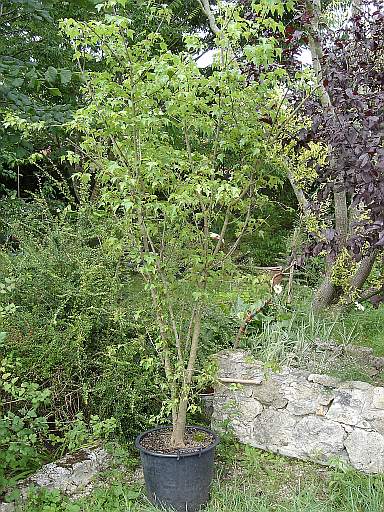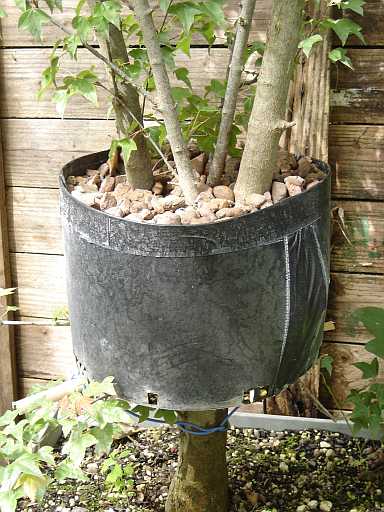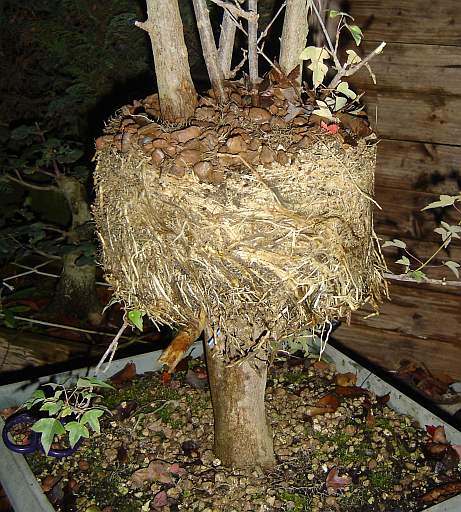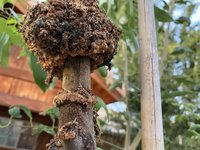matthughes404
Sapling
I'm hoping to air layer the top half of my trident maple, because the trunk is too tall, and want to see if I can get a "free" tree out of the trunk chop.
It's just getting to the hot part of the summer in Georgia... Did I miss my window this year? Or can I go ahead and start the air layer in the next few days? If I do start the air-layer now, when would be an appropriate time to do the separation? Would this be better to do in late autumn, or late winter?
I'm planning to make the chop at the red line, and use the branch under the green line as the new leader for the bottom tree.

Thanks in advance for your help!
It's just getting to the hot part of the summer in Georgia... Did I miss my window this year? Or can I go ahead and start the air layer in the next few days? If I do start the air-layer now, when would be an appropriate time to do the separation? Would this be better to do in late autumn, or late winter?
I'm planning to make the chop at the red line, and use the branch under the green line as the new leader for the bottom tree.

Thanks in advance for your help!














